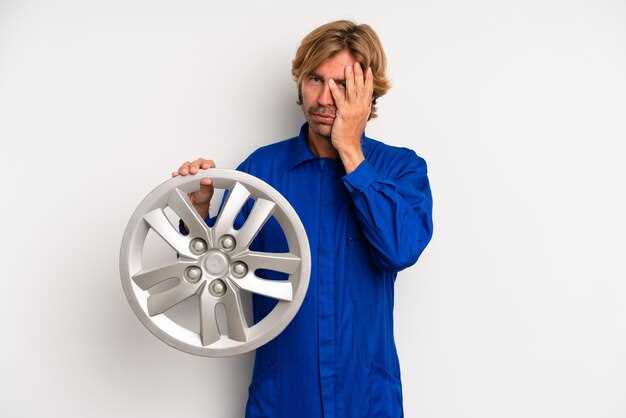
Understanding the mechanics of your vehicle’s brakes is essential for safe driving. One common issue that drivers face is the unpleasant squeaky noise that often accompanies braking. This sound can be more than just an annoyance; it can indicate potential problems that require immediate attention.
The squeaking noise typically results from the interaction of the brake components. When friction occurs between the brake pads and rotors, it generates sound waves that may manifest as squeaks. This can happen due to several reasons, such as worn-out brake pads, debris caught between the pads and rotors, or even moisture accumulation. Understanding these causes enables drivers to address them effectively before they lead to costly repairs or unsafe driving conditions.
Another crucial aspect to consider is the type of brake pads installed on your vehicle. Certain materials are more prone to squeaking than others. Harder pads designed for high performance can sometimes create noise when they interact with the brake rotors. Recognizing these factors will help you maintain the integrity of your braking system while ensuring a quieter and smoother driving experience.
Identifying Brake Pad Wear and Its Impact on Noise

Brake pads are crucial components in a vehicle’s braking system, responsible for creating the friction necessary to slow down or stop the car. Over time, these pads wear down due to constant usage, and this wear can significantly impact the performance of the brakes and result in undesirable noise.
Identifying brake pad wear is essential for maintaining effective braking performance. One of the most common indicators is the presence of a squeaking or squealing noise when the brakes are applied. This noise often occurs as a result of a wear indicator, a small metal tab that comes into contact with the brake rotor when the pad material is too thin. The noise serves as an alert that the pads need to be replaced to avoid further damage to the braking system.
Moreover, excessive wear on brake pads can lead to increased friction between the pad and the rotor, potentially causing vibrations and a grinding noise if the pads become critically worn. It’s important to regularly inspect the pads for signs of wear, such as reduced thickness or uneven surfaces. This proactive approach not only minimizes noise but also safeguards other components of the braking system from undue stress and potential damage.
In summary, understanding the relationship between brake pad wear, friction, and noise is essential for proper vehicle maintenance. Neglecting worn brake pads can lead to significant noise issues and degraded braking effectiveness, ultimately compromising safety on the road.
The Role of Moisture and Corrosion in Brake Squeaking
Moisture and corrosion play significant roles in the production of squeaky brake noises. When water accumulates on brake components, it creates a conducive environment for rust formation, particularly on brake rotors and calipers. This rust can interfere with the friction necessary for effective braking.
Corrosion can lead to uneven surfaces, which disrupts the smooth contact between the brake pads and rotors. As a result, the squeaky noise often occurs when the brakes are applied, owing to the high-pitched sound generated by the irregular interaction of these components. Moreover, moisture can also wash away protective grease, compounding the issue of friction loss.
In humid conditions, the likelihood of developing corrosion increases, intensifying the squeaking problem. Routine maintenance, including regular inspections and cleaning, is crucial in addressing the moisture-related issues. By ensuring that surfaces are clean and free from rust, the overall performance of the braking system can be improved, thus minimizing the occurrence of squeaky brakes.
When to Consider Brake Rotor Issues in Squeaky Brakes

Squeaky brakes can signal various problems, and one of the critical components to examine is the brake rotor. When brakes emit a high-pitched noise, it often indicates an issue with the friction surface of the rotor. If the rotors are warped, unevenly worn, or have developed grooves, they can cause inadequate contact between the brake pads and the rotor, leading to squeaky sounds during braking.
Another sign of potential rotor issues is when the squeaking occurs only when applying the brakes but quiets down when released. This can indicate that the brake pads are struggling to make consistent contact with a damaged rotor. Additionally, if you notice pulsation in the brake pedal while braking, it further emphasizes the need to inspect the rotor for flatness and overall integrity.
When considering brake rotor problems, also look for physical signs such as scoring or discoloration. A rotor that appears rusty or has a darkened surface may not provide the friction needed for effective braking, leading to excessive noise. It’s important to address these concerns promptly, as neglecting rotor issues can result in decreased braking performance and pose safety risks.
Regular inspection and maintenance of the brake system can help catch rotor-related issues early. If you experience persistent squeaking, it’s advisable to have a qualified technician evaluate both the brake pads and rotors to ensure the entire braking system remains safe and functional.

